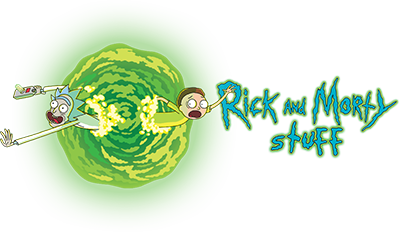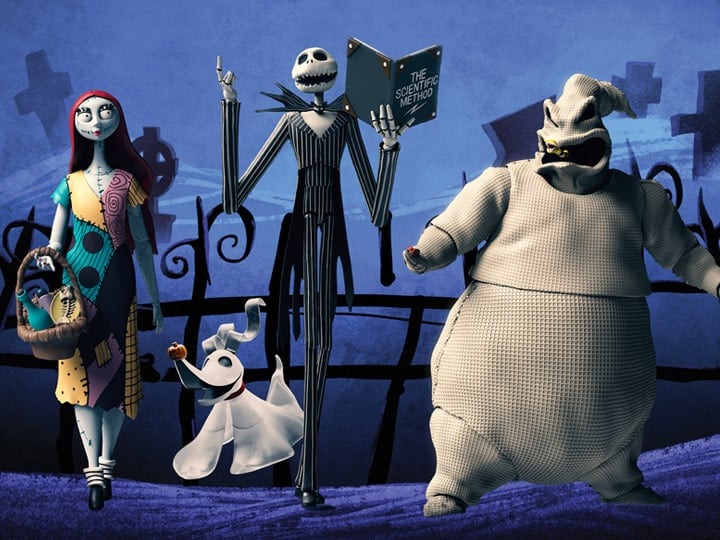The Nightmare Before Christmas, a beloved holiday classic, stands out not just for its captivating story and memorable characters, but also for its distinct visual style. At the heart of this film’s unique look is Tim Burton’s unmistakable gothic aesthetic, which permeates every frame and sets the tone for the entire film. Burton’s influence is evident in the eerie yet enchanting world of Halloween Town, where dark themes and whimsical elements intertwine to create a visual masterpiece. The film’s aesthetic has become iconic, influencing not only the world of animation but also popular culture, as seen in the wide array of Nightmare Before Christmas Official Merchandise that celebrates this one-of-a-kind style.
Tim Burton’s Gothic Vision
Tim Burton’s work is often characterized by a blend of the macabre and the whimsical, drawing inspiration from sources such as German Expressionism, horror films, and classic literature. His gothic aesthetic is defined by stark contrasts, elongated figures, and a sense of otherworldly eeriness, all of which are on full display in The Nightmare Before Christmas. The film’s visual style is a testament to Burton’s ability to craft worlds that are simultaneously unsettling and alluring.
In The Nightmare Before Christmas, Burton’s gothic sensibilities manifest in the design of Halloween Town—a place where every day is Halloween, and the inhabitants are as bizarre as they are endearing. The town’s architecture, with its twisted spires and crooked buildings, reflects the chaos and darkness of its residents’ lives. Yet, despite its spooky exterior, there is a charm to Halloween Town that makes it irresistibly appealing. This duality—darkness mixed with whimsy—is a hallmark of Burton’s aesthetic and is central to the film’s enduring appeal.
Character Design: The Epitome of Gothic Style
The characters in The Nightmare Before Christmas are quintessential examples of Burton’s gothic style. Jack Skellington, the Pumpkin King, embodies the elongated, skeletal figure that is a signature of Burton’s character designs. Jack’s appearance is both haunting and elegant, with his skeletal frame and pinstriped suit giving him a regal, yet ghostly presence. His expressive face, despite being a simple skull, conveys a wide range of emotions, further emphasizing Burton’s skill in creating characters that are both eerie and relatable.
Sally, the film’s heroine, is another example of Burton’s gothic influence. Her patchwork body, stitched together from various pieces, reflects a sense of fragility and imperfection that is central to her character. Sally’s design, with her large eyes and stitched-up limbs, is a perfect blend of beauty and eeriness, capturing the essence of Burton’s gothic aesthetic.
Even the secondary characters, such as the mischievous trio Lock, Shock, and Barrel, and the villainous Oogie Boogie, are steeped in gothic elements. Each character’s design contributes to the overall atmosphere of Halloween Town, creating a cohesive world that is distinctly Burtonesque.
Thematic Resonance with Gothic Elements
Burton’s gothic aesthetic is not limited to the film’s visual design; it also extends to its themes and narrative. The Nightmare Before Christmas explores themes of identity, belonging, and the duality of light and dark—all of which are common in gothic literature and art. Jack’s journey of self-discovery, as he tries to break free from the monotony of Halloween and find meaning in Christmas, echoes the gothic trope of the outsider seeking a place in the world.
The contrast between Halloween Town and Christmas Town further highlights the gothic theme of duality. While Halloween Town is dark, eerie, and filled with creatures of the night, Christmas Town is bright, cheerful, and full of joy. This juxtaposition emphasizes the struggle between light and dark, chaos and order, that is central to the gothic aesthetic. Ultimately, Jack’s realization that he cannot change who he is and must embrace his true nature is a reflection of the gothic theme of acceptance of one’s inner darkness.
Cultural Impact and Merchandise
The influence of Tim Burton’s gothic aesthetic on The Nightmare Before Christmas has extended far beyond the film itself. The movie’s distinct style has become a cultural phenomenon, inspiring everything from fashion to home decor. The Nightmare Before Christmas Official Merchandise line is a testament to the film’s lasting impact, offering fans a wide range of products that capture the essence of Burton’s gothic vision.
From clothing and accessories to collectibles and home decor, the merchandise allows fans to bring a piece of Halloween Town into their own lives. The popularity of these items speaks to the universal appeal of Burton’s aesthetic, which resonates with those who appreciate the blend of dark and whimsical elements that define The Nightmare Before Christmas.
Tim Burton’s gothic aesthetic is the beating heart of The Nightmare Before Christmas, infusing the film with a unique visual and thematic style that has captivated audiences for decades. From the twisted spires of Halloween Town to the hauntingly beautiful designs of its characters, Burton’s influence is evident in every aspect of the film. The enduring popularity of the movie, and the wide array of Nightmare Before Christmas Official Merchandise, is a testament to the power of Burton’s vision and its ability to resonate with audiences around the world. As fans continue to embrace the gothic charm of The Nightmare Before Christmas, Tim Burton’s influence on the film remains as strong as ever.

